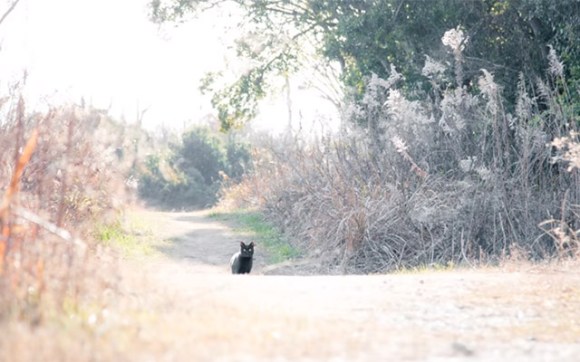
Prepare some tissues, then prepare for change.
Back in 2012, when 12-year-old Chika Taniyama wrote her heartfelt essay titled 78 En no Inochi (78 Yen per Life), she probably had no idea of the impact it would still be having four years later.
In her writing, Chika recounts the story of a neighborhood cat she calls Kiki, after the character from Studio Ghibli’s Kiki’s Delivery Service. Kiki first appeared in Chika’s neighborhood as a little black kitten, her friendly nature quickly causing all of those living in the area to fall quite in love with her.
After a couple of years, Kiki gave birth to her own litter of kittens. Because Kiki was a stray, and she and her kittens had nowhere to go, Chika’s neighbor Ms. Suzuki took them in. Chika would go to visit the kittens nearly every day, growing to love them as if they were her own.
Until one day, when she went to visit them and found they were no longer there. Her head hung, Ms. Suzuki explained that she had taken the kittens to the animal shelter.
Not really understanding what that entailed, Chika assumed the kittens had been taken to a place where they could find new families and live happily with them. But the next day at school, when she relayed the story to her friend, that friend replied: “To the shelter? They’ll be killed there.”
Chika didn’t want to believe it, but as soon as she got home after school, she rushed to the computer to look up information about animal shelters, and was shocked by the horrors of reality. Dogs and cats, either lost or abandoned by their owners, would be held for a mere three days. If no one came to claim or adopt them, it meant their death. Ten animals at a time would be stuffed into a gas chamber, which would then fill with carbon monoxide. For minutes the animals would squirm and suffer before finally dying, and their bodies, like trash, would then be thrown into an incinerator and burned.
The cost to do away with each of those lives? 78 yen, or about 70 cents.
Sadly, Chika’s friend had been right, and it shocked Chika even more to find out that each year approximately 200,000 animals met this fate.
“They may be animals, but is it right for humans to so easily take away their lives?” she wondered.
The sound of Kiki’s meowing each day as she called out for her kittens brought back the images of what Chika had seen on the internet. Those thoughts kept her up at night for days on end.
One day, Kiki went missing too, and Chika imagined the worst until she reappeared, her stomach wrapped in bandages. Ms. Suzuki had taken Kiki in to be spayed so she would have no more kittens, and had decided to keep her as her own.
Chika felt relieved, yet jealous at the same time. She loved animals, yet didn’t feel confident she could take on that sort of accountability.
“Raising an animal is taking absolute responsibility for another life,” she wrote in her essay. “You can’t throw it away like a toy. What I learned is that if you don’t have the confidence to care for them until the very end, you shouldn’t have one.”
Chika’s heart-rending story went on to touch a number of people, including the judges at a competition Toyohashi City in Aichi Prefecture, where it was chosen as best written work. Even today it is being read by children in Toyohashi’s public schools as part of their Ethics curriculum. It has also inspired a group dedicated to eliminating the culling of shelter animals in Japan, who is making the essay into an easy-to-read picture book for children, as well as posters and pamphlets.
The group’s crowdfunding project has already reached 152 percent of its goal, with 1,530,900 yen (over $13,600) raised by 232 people, but with the fundraising continuing until 23:59 on March 31 there’s still time to donate here (sorry, site in Japanese only).
Anyone who’s lived in Japan for any amount of time can attest to the problem many areas have with strays — cats in particular. There are a number of groups and individuals working to ease the dilemma, but without a massive change in the way the population as a whole thinks, there likely won’t be an end in sight. With works like Chika’s essay being taught in elementary schools, and picture books for children being made available, there is hope that the change can begin with Japan’s younger generations.
Sources: YouTube/ プロジェクト 78円の命, grape, GREEN FUNDING
Images: YouTube/ プロジェクト 78円の命 via grape
You may also enjoy:
Neco Republic: A cat cafe for rescue cats and the people who love them 【Pics & Video】

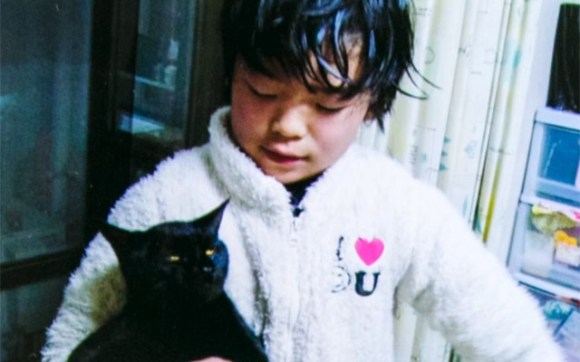
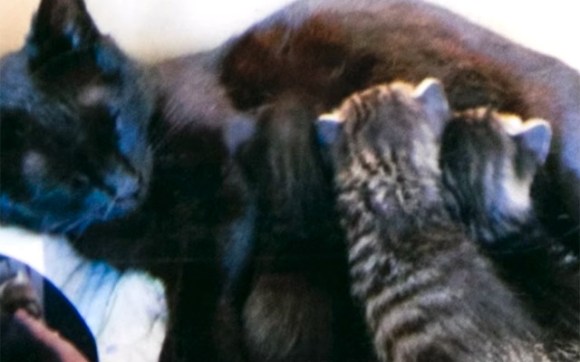
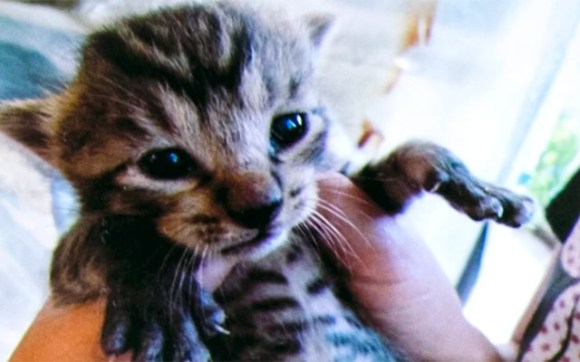
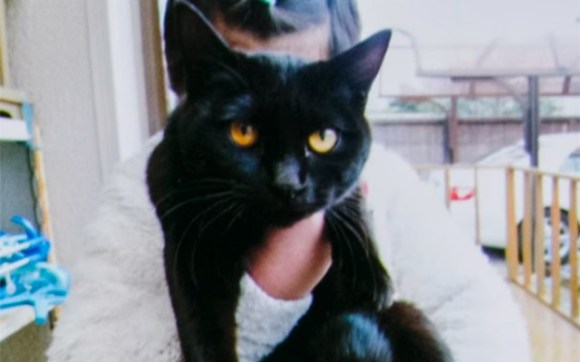

 We found possibly the quietest Japanese-style hotel in Tokyo’s bustling Shinjuku district
We found possibly the quietest Japanese-style hotel in Tokyo’s bustling Shinjuku district Starbucks Japan ready to get Year of the Horse started with adorable drinkware and plushies【Pics】
Starbucks Japan ready to get Year of the Horse started with adorable drinkware and plushies【Pics】 Large amount of supposed human organs left in Osaka marketplace
Large amount of supposed human organs left in Osaka marketplace Cyberpunk anime meets traditional culture in Ghost in the Shell gold leaf Japanese changing screens
Cyberpunk anime meets traditional culture in Ghost in the Shell gold leaf Japanese changing screens Nagoya’s dark-red miso has continued to capture tastebuds for generations
Nagoya’s dark-red miso has continued to capture tastebuds for generations We found possibly the quietest Japanese-style hotel in Tokyo’s bustling Shinjuku district
We found possibly the quietest Japanese-style hotel in Tokyo’s bustling Shinjuku district Starbucks Japan ready to get Year of the Horse started with adorable drinkware and plushies【Pics】
Starbucks Japan ready to get Year of the Horse started with adorable drinkware and plushies【Pics】 Large amount of supposed human organs left in Osaka marketplace
Large amount of supposed human organs left in Osaka marketplace Cyberpunk anime meets traditional culture in Ghost in the Shell gold leaf Japanese changing screens
Cyberpunk anime meets traditional culture in Ghost in the Shell gold leaf Japanese changing screens Nagoya’s dark-red miso has continued to capture tastebuds for generations
Nagoya’s dark-red miso has continued to capture tastebuds for generations New Japanese menstrual product seeks to help women spot unidentified iron deficiencies
New Japanese menstrual product seeks to help women spot unidentified iron deficiencies Anpanman creator Takashi Yanase dies at age 94
Anpanman creator Takashi Yanase dies at age 94 In search of the cave on Japan’s northern island that legends say is the gateway to hell
In search of the cave on Japan’s northern island that legends say is the gateway to hell There’s a secret free souvenir hiding inside this Japanese train station
There’s a secret free souvenir hiding inside this Japanese train station 7-Eleven Japan’s ramen-cooking robot whipped us up a bowl of noodles【Taste test】
7-Eleven Japan’s ramen-cooking robot whipped us up a bowl of noodles【Taste test】 Lacquerware supplier to emperor of Japan and Pokémon team up for new tableware
Lacquerware supplier to emperor of Japan and Pokémon team up for new tableware Japan may add Japanese language proficiency, lifestyle classes to permanent foreign resident requirements
Japan may add Japanese language proficiency, lifestyle classes to permanent foreign resident requirements Disillusionment at Tsukiji’s tourist-target prices led us to a great ramen restaurant in Tokyo
Disillusionment at Tsukiji’s tourist-target prices led us to a great ramen restaurant in Tokyo 7 great places to see Mt. Fuji from without having to climb it
7 great places to see Mt. Fuji from without having to climb it Hello Kitty Choco Egg figures are an adorable trip through three periods of Japanese pop culture【Pics】
Hello Kitty Choco Egg figures are an adorable trip through three periods of Japanese pop culture【Pics】 Starbucks Japan releases new zodiac chilled cup drink for 2026
Starbucks Japan releases new zodiac chilled cup drink for 2026 Japan’s otoshidama tradition of giving kids money at New Year’s gets a social welfare upgrade
Japan’s otoshidama tradition of giving kids money at New Year’s gets a social welfare upgrade 7-Eleven Japan starts new temporary luggage storage service in over 300 branches
7-Eleven Japan starts new temporary luggage storage service in over 300 branches Starbucks teams up with 166-year-old Kyoto doll maker for Year of the Horse decorations【Photos】
Starbucks teams up with 166-year-old Kyoto doll maker for Year of the Horse decorations【Photos】 Tokyo considering law requiring more trash cans following litter increase in heavily touristed area
Tokyo considering law requiring more trash cans following litter increase in heavily touristed area Tokyo’s Tsukiji sushi neighborhood asks tour groups to stay away for the rest of the month
Tokyo’s Tsukiji sushi neighborhood asks tour groups to stay away for the rest of the month Nintendo’s Kirby now delivering orders at Kura Sushi restaurants, but not in Japan
Nintendo’s Kirby now delivering orders at Kura Sushi restaurants, but not in Japan Tokyo event lets you travel back in time, for free, to celebrate 100 years since Showa era start
Tokyo event lets you travel back in time, for free, to celebrate 100 years since Showa era start Sanrio theme park in Japan announces plans to expand into a Sanrio resort
Sanrio theme park in Japan announces plans to expand into a Sanrio resort Stamina-destroying “Paralysis Noodles” are Tokyo’s newest over-the-top ramen innovation
Stamina-destroying “Paralysis Noodles” are Tokyo’s newest over-the-top ramen innovation Survey asks foreign tourists what bothered them in Japan, more than half gave same answer
Survey asks foreign tourists what bothered them in Japan, more than half gave same answer Japan’s human washing machines will go on sale to general public, demos to be held in Tokyo
Japan’s human washing machines will go on sale to general public, demos to be held in Tokyo Japan’s deadliest food claims more victims, but why do people keep eating it for New Year’s?
Japan’s deadliest food claims more victims, but why do people keep eating it for New Year’s? We deeply regret going into this tunnel on our walk in the mountains of Japan
We deeply regret going into this tunnel on our walk in the mountains of Japan Studio Ghibli releases Kodama forest spirits from Princess Mononoke to light up your home
Studio Ghibli releases Kodama forest spirits from Princess Mononoke to light up your home Major Japanese hotel chain says reservations via overseas booking sites may not be valid
Major Japanese hotel chain says reservations via overseas booking sites may not be valid Put sesame oil in your coffee? Japanese maker says it’s the best way to start your day【Taste test】
Put sesame oil in your coffee? Japanese maker says it’s the best way to start your day【Taste test】 No more using real katana for tourism activities, Japan’s National Police Agency says
No more using real katana for tourism activities, Japan’s National Police Agency says Starbucks Japan reveals new sakura drinkware collection, inspired by evening cherry blossoms
Starbucks Japan reveals new sakura drinkware collection, inspired by evening cherry blossoms Updated cherry blossom forecast shows extra-long sakura season for Japan this year
Updated cherry blossom forecast shows extra-long sakura season for Japan this year New Japanese menstrual product seeks to help women spot unidentified iron deficiencies
New Japanese menstrual product seeks to help women spot unidentified iron deficiencies Anpanman creator Takashi Yanase dies at age 94
Anpanman creator Takashi Yanase dies at age 94 In search of the cave on Japan’s northern island that legends say is the gateway to hell
In search of the cave on Japan’s northern island that legends say is the gateway to hell There’s a secret free souvenir hiding inside this Japanese train station
There’s a secret free souvenir hiding inside this Japanese train station 7-Eleven Japan’s ramen-cooking robot whipped us up a bowl of noodles【Taste test】
7-Eleven Japan’s ramen-cooking robot whipped us up a bowl of noodles【Taste test】 Starbucks Japan releases new zodiac chilled cup drink for 2026
Starbucks Japan releases new zodiac chilled cup drink for 2026 Evangelion original anime studio Gainax is now completely dissolved, Eva’s creator mourns ruined friendships
Evangelion original anime studio Gainax is now completely dissolved, Eva’s creator mourns ruined friendships More Than a Capsule Stay: Why Solo Travelers Choose “global cabin Yokohama Chinatown”
More Than a Capsule Stay: Why Solo Travelers Choose “global cabin Yokohama Chinatown” Final Fantasy VII cast goes to Japanese high school, and MAYBE it’s not an April Fools’ Day joke
Final Fantasy VII cast goes to Japanese high school, and MAYBE it’s not an April Fools’ Day joke Disillusionment at Tsukiji’s tourist-target prices led us to a great ramen restaurant in Tokyo
Disillusionment at Tsukiji’s tourist-target prices led us to a great ramen restaurant in Tokyo
Leave a Reply